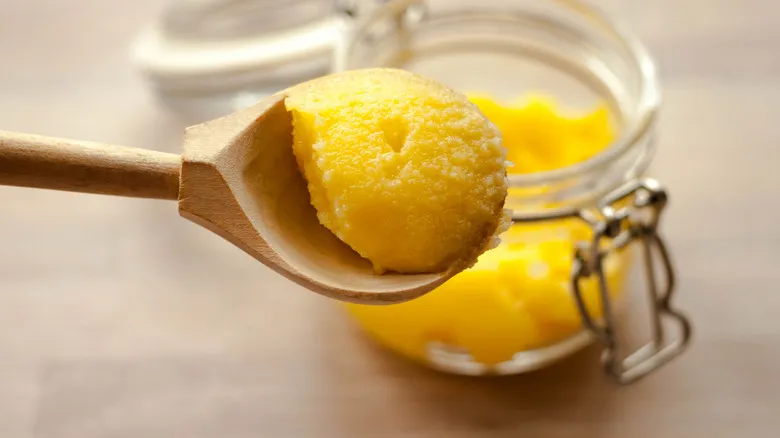Choose the right spices and herbs for you
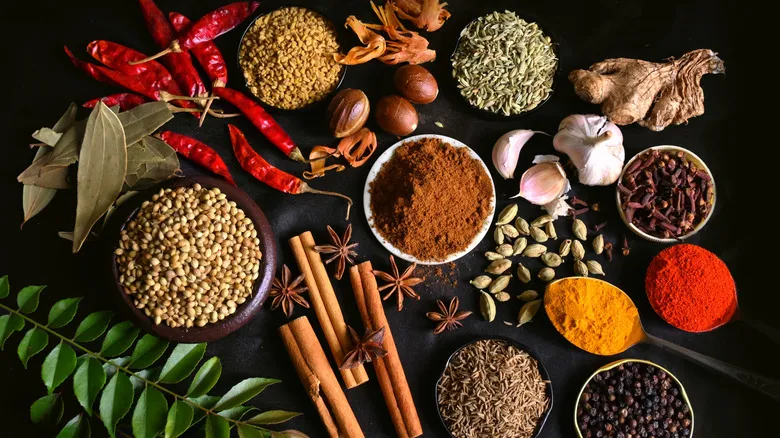
To achieve the perfect flavor in your infused ghee, selecting the right herbs and spices is essential. When picking a recipe, it's wise to choose spices that will enhance the overall dish, so take a moment to consider what you're preparing and what will pair well. Varun Inamdar suggests, "Popular options include cumin seeds, nigella seeds (kalonji), garlic, and fresh herbs such as cilantro or mint."
In addition to the traditional herbs and spices, Inamdar offers some specific suggestions that can elevate a simple plate of naan. "For a more fragrant experience," he recommends, "try incorporating dried herbs like oregano or thyme." He also has a few unique ingredients he enjoys using in ghee at his restaurants. "I create black pepper ghee and truffle ghee at my restaurant, 27 Degrees West, in Singapore," he shared. For those who prefer a more straightforward approach, he also serves naan simply with butter or with garlic.
Infuse ghee the right way
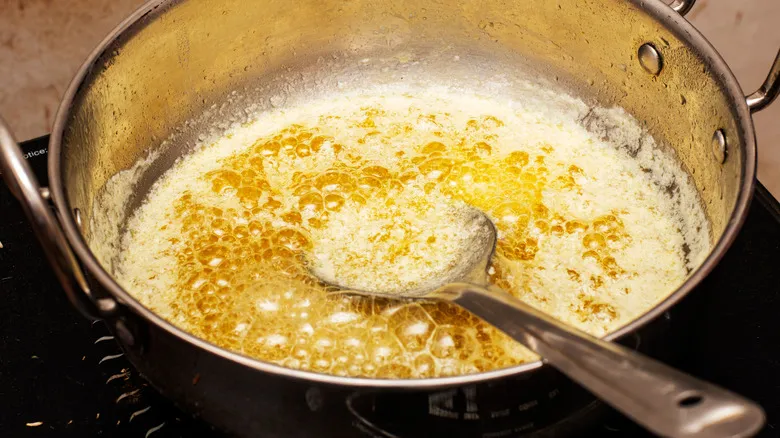
After selecting the right ingredients, it's time to begin cooking. Start by warming ghee in a pan to kick things off. Next, incorporate your preferred aromatics. Varun Inamdar emphasizes that patience is essential during this stage, as spices require time to release their full flavor. "Gently heat the ghee in a pan," he advises, "then add whole spices like star anise, cloves, or cinnamon, allowing them to sizzle for a few seconds to unlock their aromas." Just be cautious not to overcook them, as those delicate spices can easily burn.
As you blend these ingredients, Inamdar encourages cooks to savor the cooking experience. The process itself is part of the enjoyment, and once you've successfully made infused ghee, you can explore various unique flavor combinations. "Feel free to experiment with different spice blends or proportions to discover the flavor profile that you love the most," he suggests.
Be careful about timing
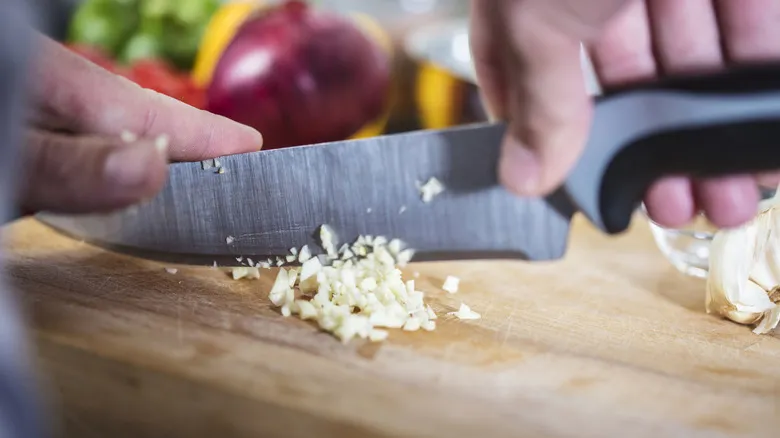
Varun Inamdar offers another valuable tip for incorporating ghee: stay informed about your ingredients. For instance, anyone with experience knows that cooking garlic requires careful attention. Timing is crucial, as overcooking garlic in a pan can result in bland or burnt flavors. "When using garlic, crush or finely chop it and add it after the whole spices," Inamdar recommends. "Cook it until it turns golden, then take it off the heat to prevent bitterness."
After you've added all those dried herbs and spices, let's discuss fresh herbs. Due to their delicate nature, fresh greens should be the final addition. "Add fresh herbs at the end of the cooking process to preserve their vibrant color and flavor," Inamdar suggests.
To strain or not to strain?
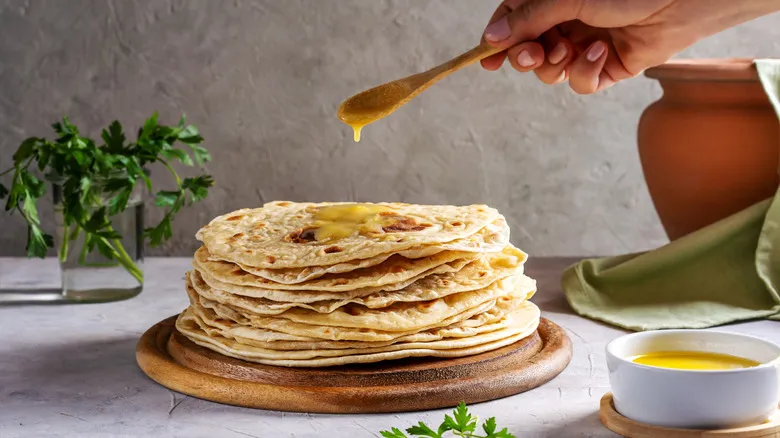
To complete the process of creating infused ghee, you'll need to prepare it for storage. The method you choose will depend on the flavor profile you desire. "If you prefer, strain the ghee to eliminate the solids before using it. Alternatively, you can leave them in for extra texture and flavor," advises Varun Inamdar. The decision is yours.
If you don't intend to use it immediately, proper storage is essential. "Infused ghee can be kept in an airtight container in the refrigerator for several weeks," Inamdar recommends. However, if you choose to use an open container or leave the ghee exposed to air, its shelf life will significantly diminish.
When you're finally ready to enjoy the fruits of your labor and use the infused ghee, proceed with caution. "Reheat it gently before use," Inamdar suggests. The term "gently" is crucial here. Although ghee has a higher smoke point than many other fats, it can still burn, as can any unstrained ingredients, so it's best to use low heat.
Ghee is a fundamental ingredient in Indian cuisine, as you'll discover in various Indian cookbooks, and infusing it can add a distinctive depth of flavor to your dishes. You can easily purchase ghee online, such as the 4th & Heart Original Grass-Fed Ghee, and trying your hand at infusing it is straightforward, especially to enhance a batch of naan. Just follow these expert tips to ensure a smooth process.
Recommended
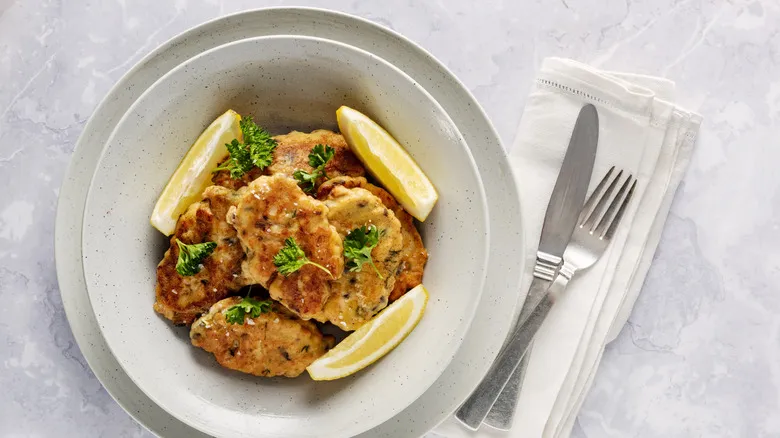
The Mistake You Should Avoid When Making Salmon Cakes

The Simple Ingredient That Can Give Pancakes A Delicious Nutty Flavor
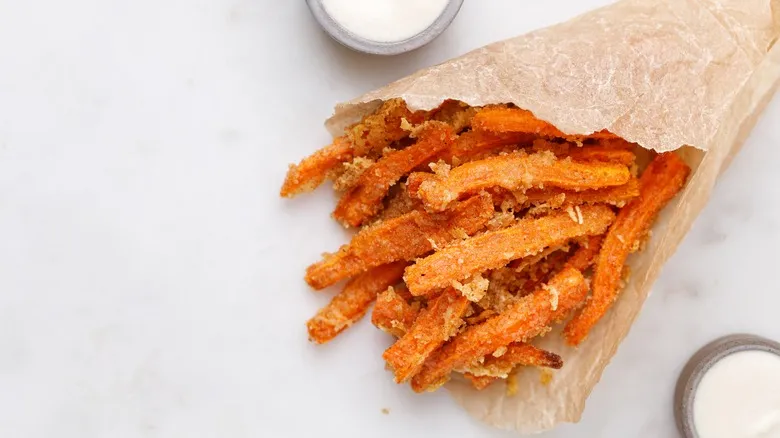
Swap Carrots In Place Of Potatoes For A Twist On Classic French Fries
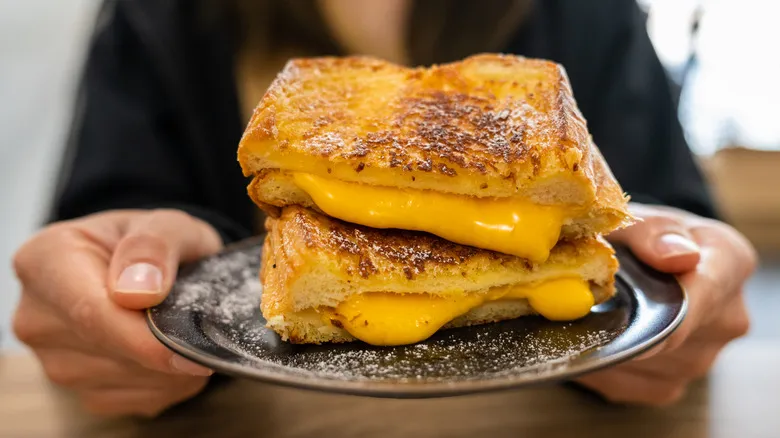
Give Your Grilled Cheese An Instant Upgrade With One Elite Ingredient
Next up

